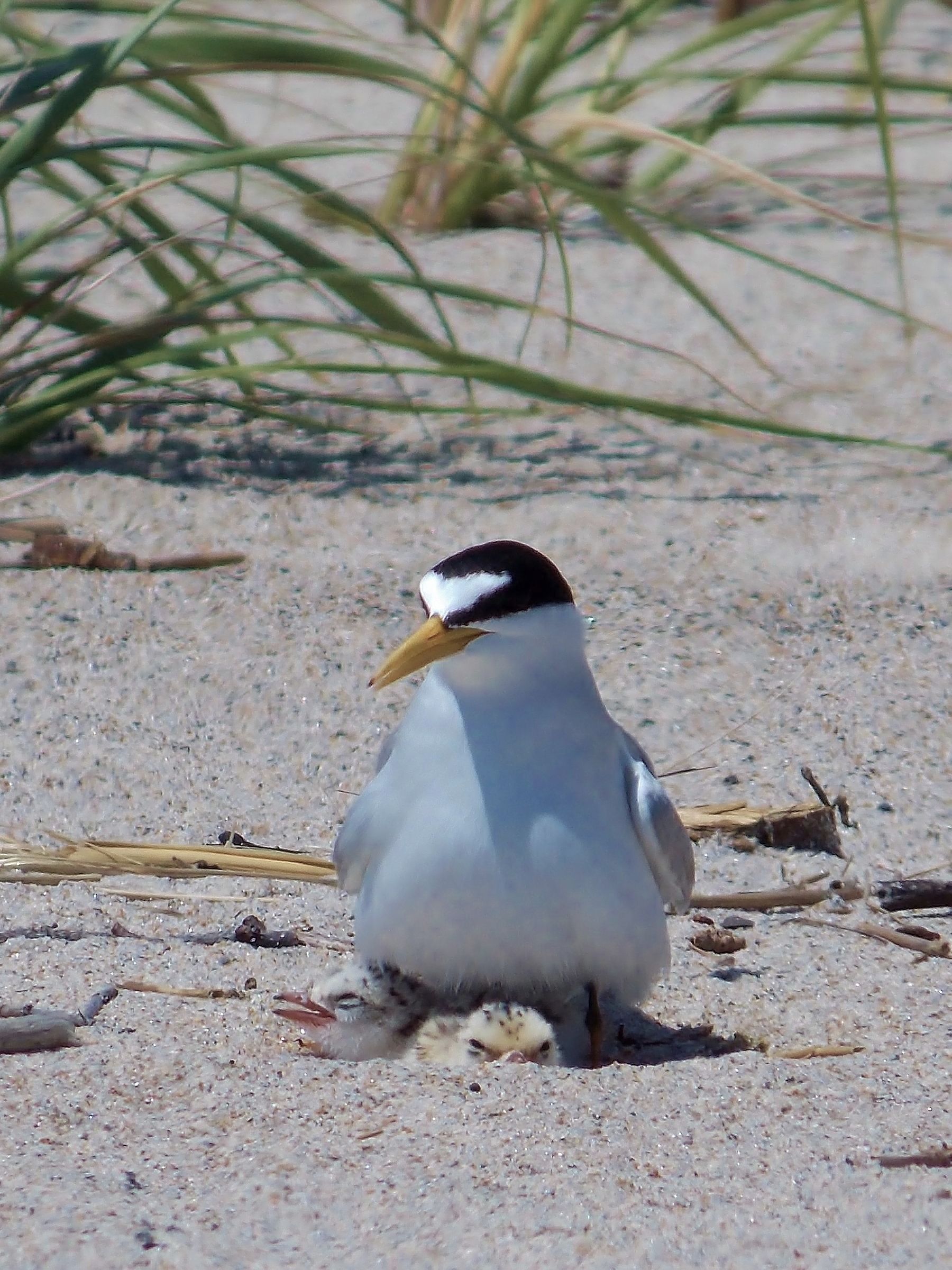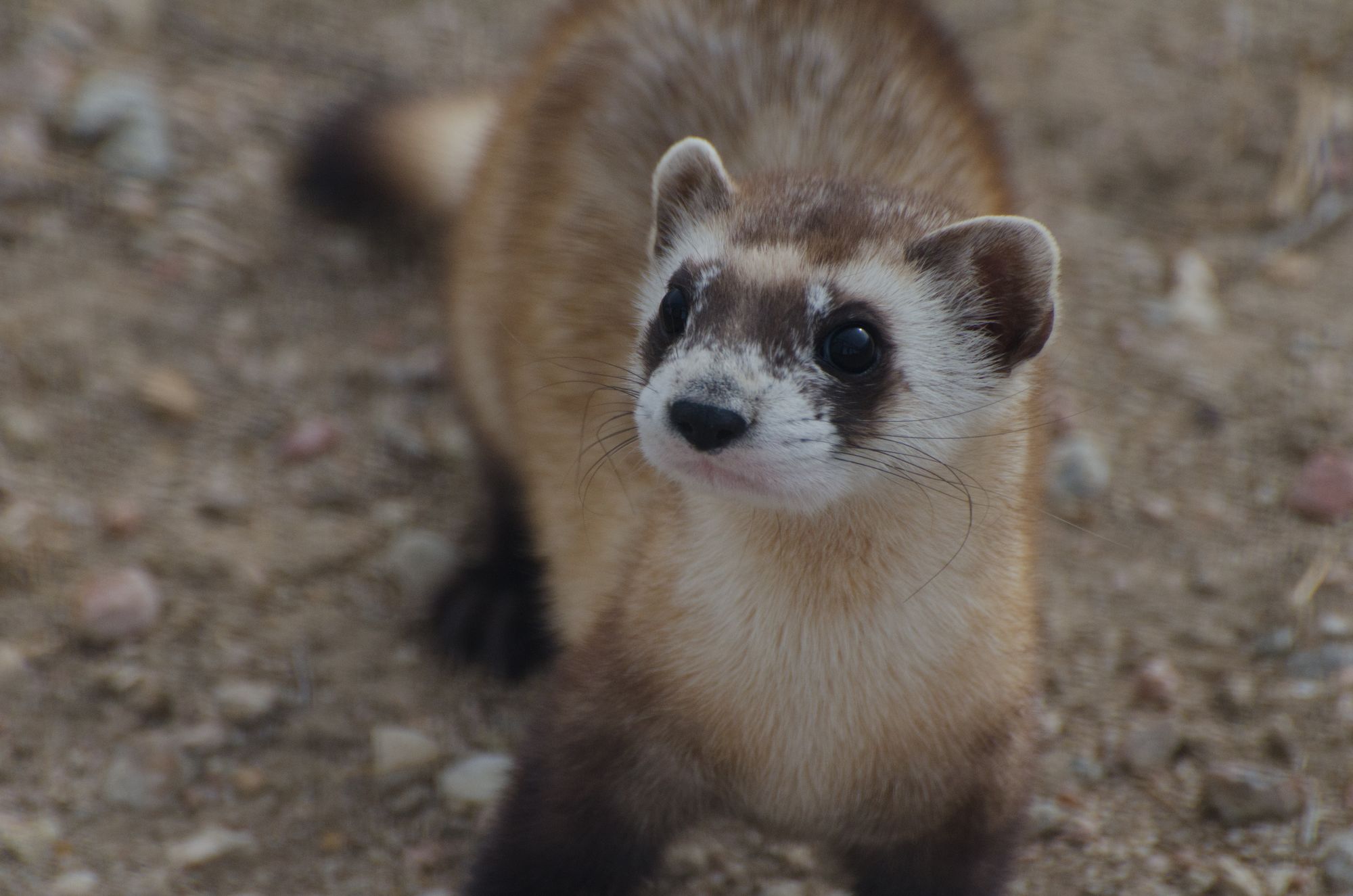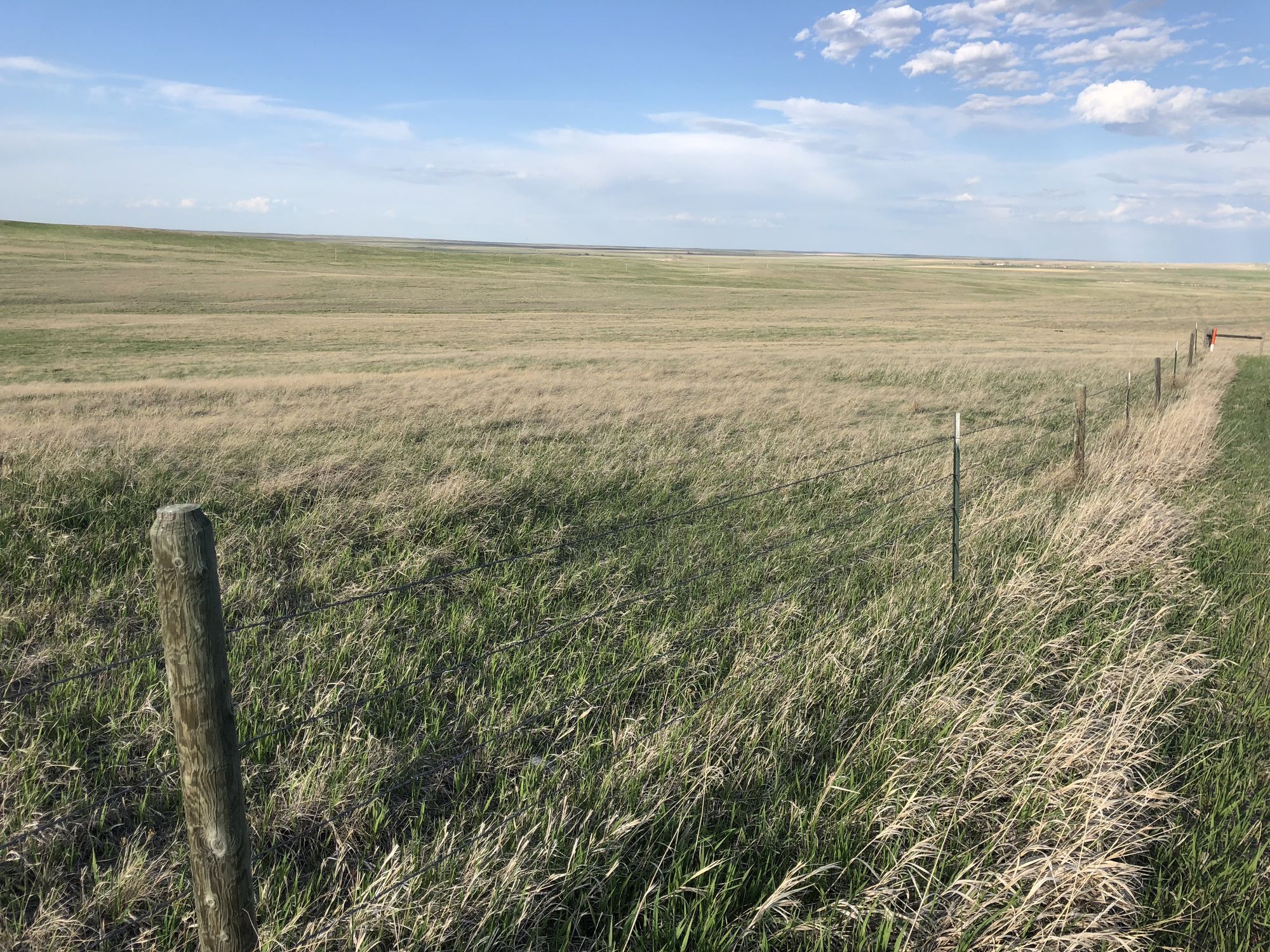BUFFALO NATIONAL GAP GRASSLAND, S.D. – Since 1937, South Dakota and other states have relied on the same inadequate federal funding plan to help save endangered species.
Since then, those revenues have proven to be uneven and generally in decline. Coupled with human population growth and destruction of wildlife habitat, the slowed funding has led to what one national group says is a crisis in protection of animal species across the country.
A third of all species in America are now at risk of becoming endangered or extinct; in South Dakota, more than 100 species of wildlife, fish and insects are threatened.
Environmental groups and state wildlife agencies believe they may have found a solution: a proposal in Congress to shift $1.3 billion in federal royalties on energy and mineral extraction to the states to spend on wildlife and habitat protection.
The Recovering America’s Wildlife Act would generate $16 million a year to help threatened species in South Dakota and provide a big habitat boost for the pheasant population along the way. South Dakota now receives less than $500,000 a year under the 1937 congressional measure.
The bill filed by a Republican House member from Nebraska would give great authority to state governments over how to spend the money. Backers say the money could be used to buy and protect sensitive lands, create new natural areas for use by animals and people, or restore wetlands and other breeding grounds for species.
“What an incredible opportunity this would be,” said Kelly Hepler, secretary of the South Dakota Game, Fish & Parks Department. “This is going to create a lot of exciting opportunities to make a difference in habitat.”
Even with 45 bipartisan co-sponsors in the House, passage is no sure thing. Many lawmakers, including the three members of South Dakota’s congressional delegation, want to know more about what other programs may be cut in order to shift the $1.3 billion to wildlife protection.
In an interview on May 4, Republican Sen. John Thune of South Dakota said he needs to understand how the money would be generated and what existing programs might be lost. The bill language does not address what cuts might have to be made to compensate for moving the money to the states.
“Obviously if we can get more money for South Dakota to deploy some of the things we want to get done for wildlife preservation, that’s a good thing,” Thune said. “But I’ll have to look at how they propose to allocate or reallocate that money first.”
South Dakota supporters of the measure note that any habitat creation or protection efforts would have the side benefit of creating new cover and breeding grounds for the state’s pheasant population, a key driver of the state’s $1 billion annual outdoor recreation industry.

101 species at risk in SD
Roughly every decade, in order to continue to qualify for federal wildlife protection dollars, states are required to file a “wildlife action plan” with the U.S. Fish & Wildlife Department. The plans give a detailed listing of threatened or endangered species, the threats against them, efforts to protect them, and a wish-list of actions that would stabilize populations. In all, those reports identified nearly 12,000 species in need of conservation action across the country. Of all species of wildlife in the U.S., a third are considered vulnerable and a fifth are imperiled or at high risk of extinction, according to the National Wildlife Federation. In early May, federal wildlife officials announced that the red wolf population in America is down to only 40 animals in the wild and could go extinct in eight years. South Dakota has seen a recent reduction in its coveted pheasant population due in large part to loss of habitat and winter cover.
The latest South Dakota Wildlife Action Plan, a 583-page document filed in 2014, lists about 101 so-called “species of greatest conservation need,” including 29 birds, 11 mammals, 12 reptiles, 15 insects, 21 fish and three mussels and mollusks.
Species of concern can be listed as either threatened or endangered on both the state and federal levels. Threatened means a species is at risk and likely to become endangered, which means the species is stressed to the point it may go extinct. If endangered at the federal level, the species could go extinct everywhere; if endangered at the state level, the species that once existed in a state could go extinct there but still exist elsewhere.
Three species in South Dakota are endangered on both the state and federal levels: the whooping crane, the least tern and the pallid sturgeon. The piping plover is threatened at both levels.

Other species show up on one list or another. The peregrine falcon and black-footed ferret are both endangered on the state level, while the osprey, American dipper, northern river otter and false map turtle are threatened at the state level.
The most common factor in the decline of any species is habitat reduction.
“We’re in peril and going downhill with the amount of habitat we’re losing in South Dakota,” said Chris Hesla, director of the South Dakota Wildlife Federation. “Unless it has a conservation easement, there’s almost no undisturbed land left in the country.”
South Dakota loses its habitat – with open prairie being the most critical to species protection – in the same ways as other states, said Eileen Dowd Stukel, wildlife diversity coordinator with the South Dakota GFP. Animal habitat is destroyed by development of homes, conversion of native lands into agricultural uses and dividing of land for wind towers or other industries, Dowd Stukel said.
“It’s the typical things that are happening everywhere,” she said. “Just for expanding populations, every time you cut up those native habitats, you’re further stressing those species.”

One example is the draining of small ponds or ditches to make those lands suitable for farming and ranching. The water-filled depressions that appear each spring and fall in farm fields or ranch lands across the state form critical stopping points for migrating birds and water sources for local species.
Hesla pointed out that even people who support growth, industry or agricultural expansion should support habitat protection. If a species moves from a concern to threatened to endangered, its habitat will then be subject to vast federal and state protections that may cost businesses money or require them to shut down completely.
“If you have an endangered species on your land, it comes with a lot of control on it and many times it can negatively impact the landowner,” he said. “This act would provide an avenue to help keep those animals off those lists.” State governments are backing the bill because of the new money but also for the stability of revenues.
Now, states receive federal money for wildlife protection from the 1937 Pittman-Robertson Wildlife Act, which uses excise taxes on arms and ammunition as well as state matches from hunting fees. That funding source, known as the State and Tribal Wildlife Grant program within the U.S. Fish & Wildlife Service, is variable and mostly in decline, now dividing up about $61 million among states, with 5 percent set aside for tribal governments. The state of South Dakota received about $482,000 in 2016.
“That’s year to year and at the discretion of Congress, so we can’t really think or plan long term because we never know from one year to the next if we’ll get money or how much it’s going to be,” said Dowd Stukel.
Energy production as revenue source
The act had a hearing before a House Natural Resources subcommittee in February. The measure would shift to states $650 million of royalties from mineral extraction on federal lands and $650 million of royalties from oil and gas production in the Outer Continental Shelf. Those funds now go to the federal treasury.
Offshore oil and gas production in the shelf generated $2.8 billion in federal revenues in 2016. That figure could rise dramatically in coming years because the Trump Administration in January proposed opening 90 percent of the total shelf acreage to energy exploration and development from 2019-2024. Only 6 percent of the shelf acreage is open to energy production now.
The House measure would require a local 25 percent funding match that would add another $440 million to the total value of the program, potentially raising the value to South Dakota to $21.5 million.
Hepler said the wide latitude in potential projects makes it likely the matches would be raised.
Larger, more populous states would benefit more. Alaska, California and Texas would receive $63 million a year.
In the Great Plains, annual pre-match disbursements would include $15 million for North Dakota, $17 million for Iowa, $18 million for Nebraska, $20 million for Wyoming, $27 million for Minnesota and $30 million for Montana.
The act would not include funding for tribal governments. Hepler said there is a move afoot to maintain funding of the State and Tribal Wildlife Grant and provide all that roughly $60 million a year to tribes as a way to not only maintain but actually increase spending on habitat protection on reservations.
Wide range of projects possible
The act would allow states to design their own methods for doling out the money and requiring how it would be spent, with wide latitude on the types of proposed projects.
Hepler envisions a grant program with projects that could include trail systems, protection of land and water sources, or creation of open areas for hunting, fishing or other recreation. Ideas could come from municipalities, universities, agricultural entities or conservation groups, Hepler said.
Dowd Stukel said the money could also enable the state to tackle issues now out of reach. Efforts to stem habitat losses for honey bees and monarch butterflies would require entomologists the state does not employ, so money from the act could be used to hire those experts, she said.
Hesla suggested projects could benefit both urban residents and threatened species. To aid threatened insects like the Dakota skipper or powesheik skipperling butterflies, a city could get money to build a wildflower garden in a park, Heslasaid.
A big beneficiary of any habitat protection would be the pheasant hunting industry, according to Matt Morlock, acting director of the South Dakota branch of Pheasants Forever.
“More funds out there means good things for all wildlife in South Dakota,” Morlock said. “What we do for other wildlife species, ducks, deer or non-game species, it’s all going to benefit pheasants.”
Morlock said the entire state economy would benefit from protecting wildlife habitat.
“In South Dakota, we’re never short on ideas and programs we want to do, but we’re always short on money, so this would help us with that,” Morlock said.
Hepler said he has reached out to representatives of all three members of the South Dakota congressional delegation and is hopeful the measure will pass.
“I think it’s looking pretty good,” he said. “It has a lot of sponsors and bipartisan support, so I’m encouraged.”




